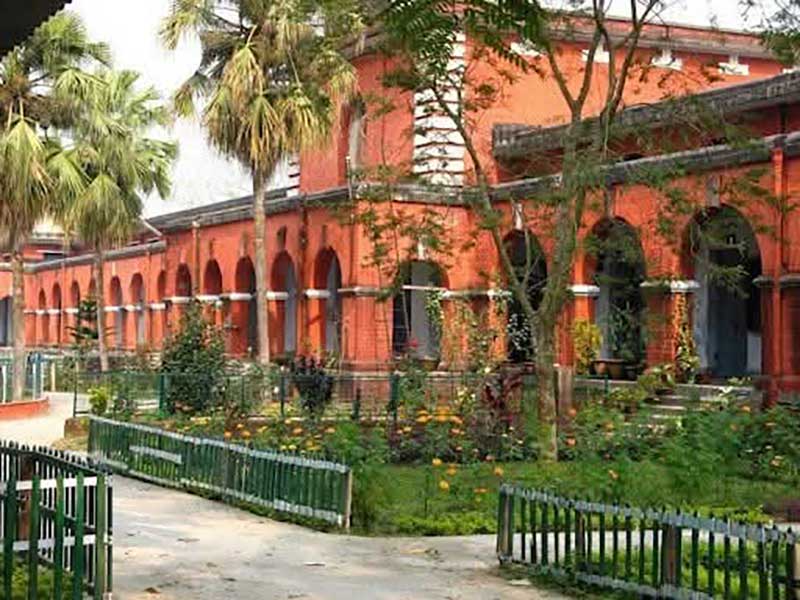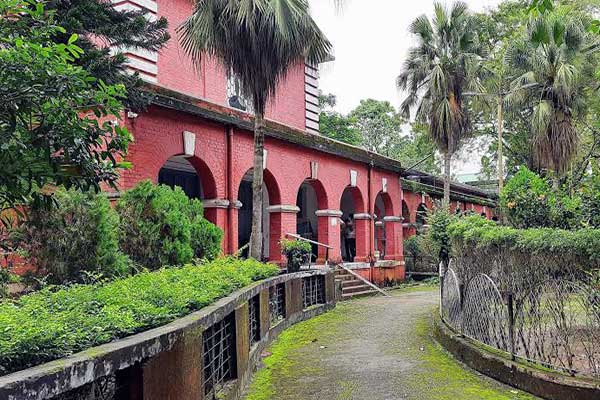History of Jalpaiguri Zilla School

Established in 1876
Nearly 150 years of educational excellence
The Beginning
Jalpaiguri Zilla School, one of the oldest educational institutions in North Bengal, was established in 1876 during the British colonial period. The school was founded to provide quality education to the children of the region at a time when educational facilities were scarce in this part of Bengal.
Initially started as a small institution with limited resources, the school quickly gained recognition for its academic standards and disciplined approach to education. The original campus was located in a modest building near the center of Jalpaiguri town, with just a handful of teachers and students.
Over the years, the school expanded both in terms of infrastructure and academic offerings, evolving into a premier educational institution that has shaped the lives of thousands of students who have passed through its hallowed halls.
Historical Timeline
Foundation
Jalpaiguri Zilla School was established by the British colonial administration to provide Western education to the local population.
Expansion
The school moved to its current campus with expanded facilities including new classrooms, a library, and sports grounds.
Golden Jubilee
The school celebrated its 50th anniversary with grand ceremonies attended by distinguished alumni and government officials.
Post-Independence Era
After India's independence, the school underwent administrative changes while maintaining its academic excellence.
Alumni Association
JALZISCAA was formally established to connect alumni and support the school's development.
Modernization
Introduction of computer education and modern laboratory facilities to enhance the learning experience.
Sesquicentennial Celebration
Preparations underway for the 150th anniversary celebration, marking a century and a half of educational excellence.
Notable Alumni
Padmashri Pradeep Kumar Banerjee
Batch of early 1950s
Our School Alumnus and the Only footballer in asia who is awarded FIFA order of merit, highest honour by FIFA , Arjuna award & Former Captain of Indian National football team
Sukalyan Ghosh Dastidar
Batch of early 1970s
Sukalyan Ghosh Dastidar (born 1947 - died 9 September 2018) was an Indian professional footballer, who played as a striker for the India national football team, alongside Mohun Baganand East Bengal. He also represented Bengal in Santosh Trophy.
Samaresh Majumdar
Batch of early 1960s
Samaresh Majumder was a celebrated Bengali author known for his powerful storytelling and socially conscious themes. His iconic Animesh trilogy captured the turbulence of Bengal's political landscape with deep emotional resonance.
Birendra Nath Duttagupta
Batch of early 1910s
Birendra Nath Duttagupta was the first martyr of Jalpaiguri, who laid down his life during India’s freedom struggle. His courage and sacrifice remain a symbol of local pride and national honor.
These are just a few examples from our long list of distinguished alumni who have excelled in various fields and brought honor to their alma mater.
Architectural Heritage
Colonial Architecture
The main building of Jalpaiguri Zilla School is a fine example of colonial architecture that blends European design elements with adaptations for the local climate. Built in the early 20th century, the structure features high ceilings, spacious verandahs, and large windows that facilitate natural ventilation—essential for the hot and humid climate of Bengal.
The symmetrical façade, adorned with classical columns and arches, reflects the British colonial architectural style prevalent in educational institutions of that era. The building's red brick exterior, which has weathered over a century, stands as a testament to the durability and craftsmanship of its construction.
Over the years, while modern additions have been made to accommodate growing needs, careful attention has been paid to preserve the historical essence of the original structure, making it a living heritage that connects the past with the present.

The administrative block showcases the colonial architectural style with its distinctive arches and columns.
